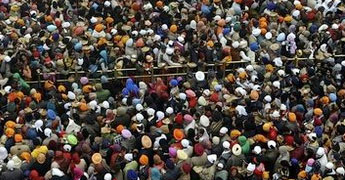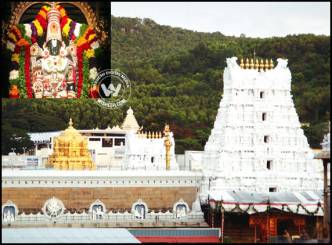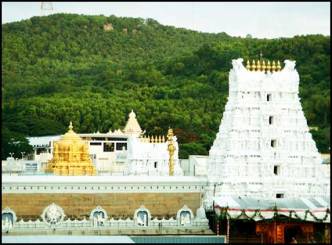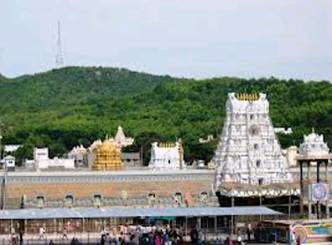

India's pilgrimage centres are fast becoming hot-spots for hotel chains, as both domestic and international groups look to plug a gap in the market for quality accommodation.
But a rise in disposable incomes and more Indians experiencing foreign travel both the result of India's buoyant economy have led to demand for more than just a bunk bed in a community centre or floor space at a guesthouse.
"There was a time when people who were visiting these temple towns didn't have the money for quality accommodation," the associate vice-president of Best Western India, Gaurav Sarin.
"That's changed very drastically in the past few years. The people who are now visiting are people looking for an international hospitality experience and they have the disposable income to spend on the room and other facilities."
It's not hard to see why religious pilgrimages remain an essential part of life for millions in India, from the lowest-paid manual worker to the high flying corporate executive, cricketer or Bollywood movie star.
The latest available government figures show there were just over 650 million domestic tourist visits in 2009 up 15.5 percent on a year earlier. The number of foreign visitors fell 3.3 percent to 5.1 million.
"The bulk of domestic tourists are religious tourists wanting to visit places like Shirdi near Mumbai, Vaishnodevi in the north, Haridwar and Rishikesh in the Himalayas," said Ankur Bhatia, executive director of the Bird Group.
"The sector is growing tremendously. We're looking at about 10 percent growth every year. It's from the lowest to the highest economic groups in society."
Demand for rooms outstrips supply in places like Tirupati, a temple city in southern Andhra Pradesh state which reportedly receives a staggering 50,000 to 70,000 visitors every day.
Chains see high returns, even at lower room rates and without additional revenue from hotel bars and restaurants on the pilgrim trail, where being teetotal and not eating meat are prerequisites.
"A couple of travel advisories can see numbers drop steeply. We saw it during the downturn and after the terrorist attacks in Mumbai.
"The demand for these temple cities and heritage sites are pretty recession proof. They're not seasonal in nature and if it's bad times, people are going to go to the temple more."
Best Western, which has hotels in Amritsar and Shirdi, is looking to build in Ajmer in the northern state of Rajasthan, Puri in eastern Orissa state and Kapra in Andhra Pradesh.
Sarin said they are also looking at "three or four" other religious centres for development, without elaborating.
The Bird Group is developing its existing resort near Rishikesh to cater for the top end of the market.
The chain's chief executive and director, Prabhat Pani, said "eight to 10" of the 40 to 50 new hotels they plan to open in the next five years will be in temple towns.
"The big story is the Indian traveller. The Indian traveller is not only travelling for business and going abroad but with disposable income going up many are travelling within the country," he said.
"All this really means is that demand for rooms is increasing and the category that's growing the fastest will really be the budget and economy sector."












